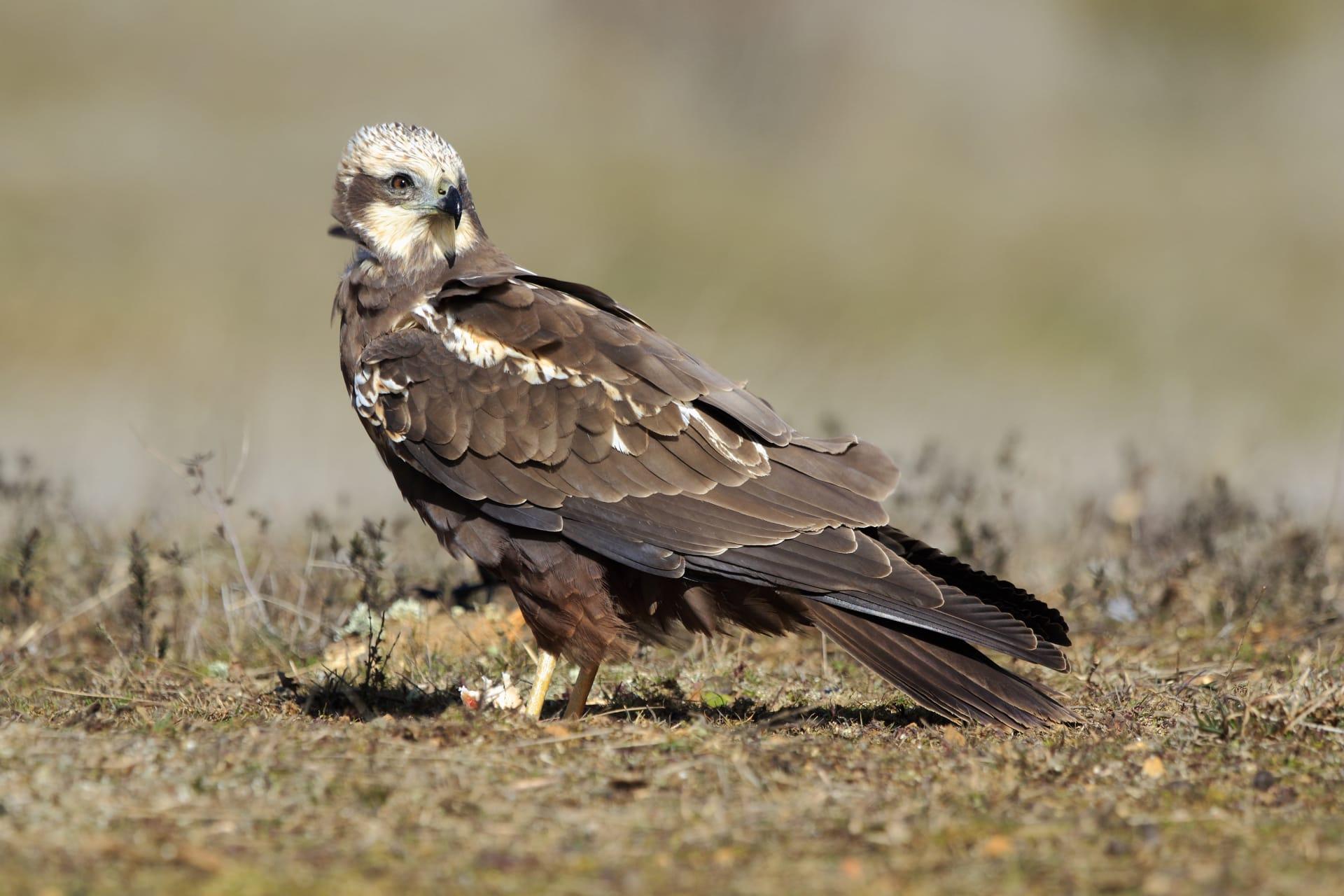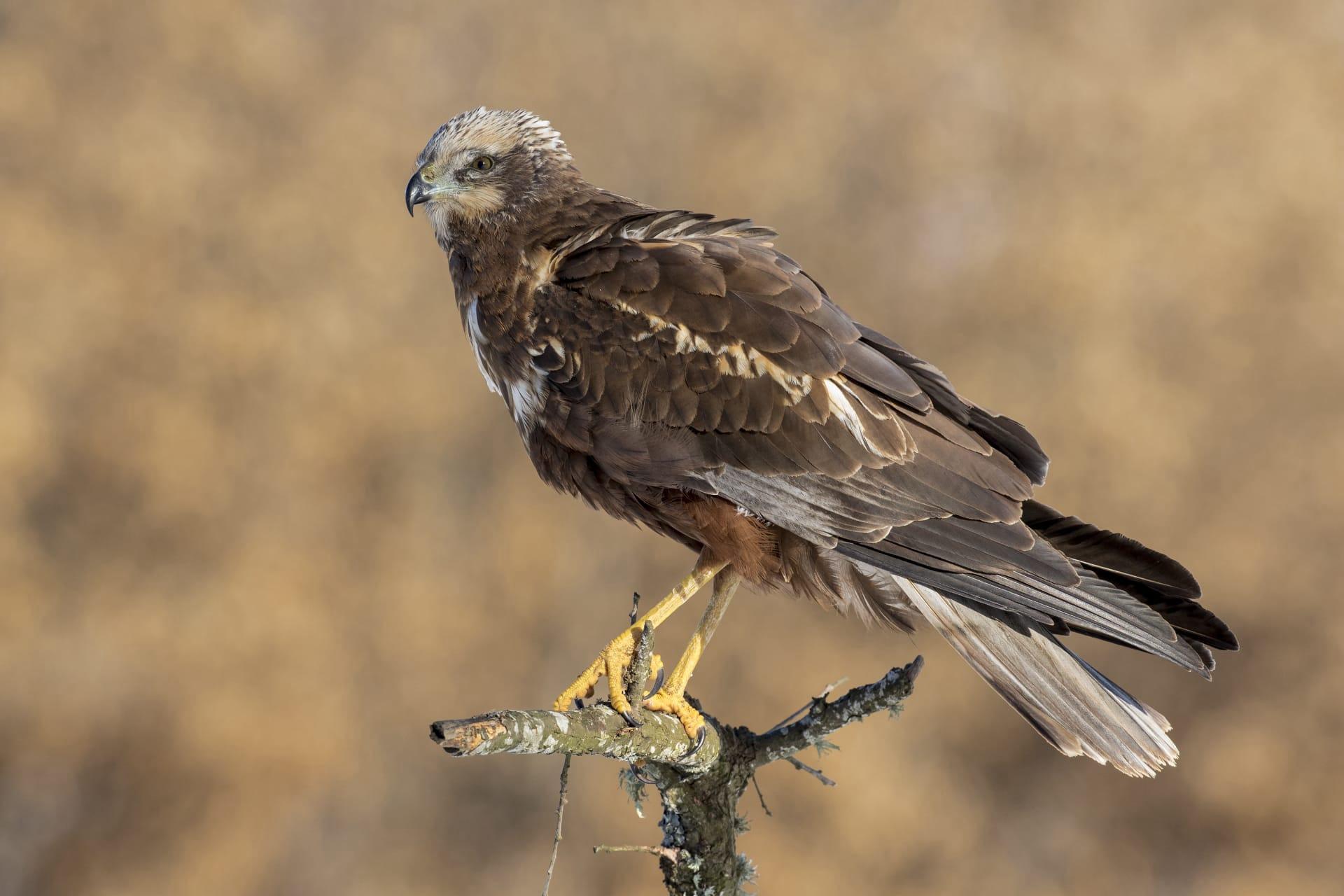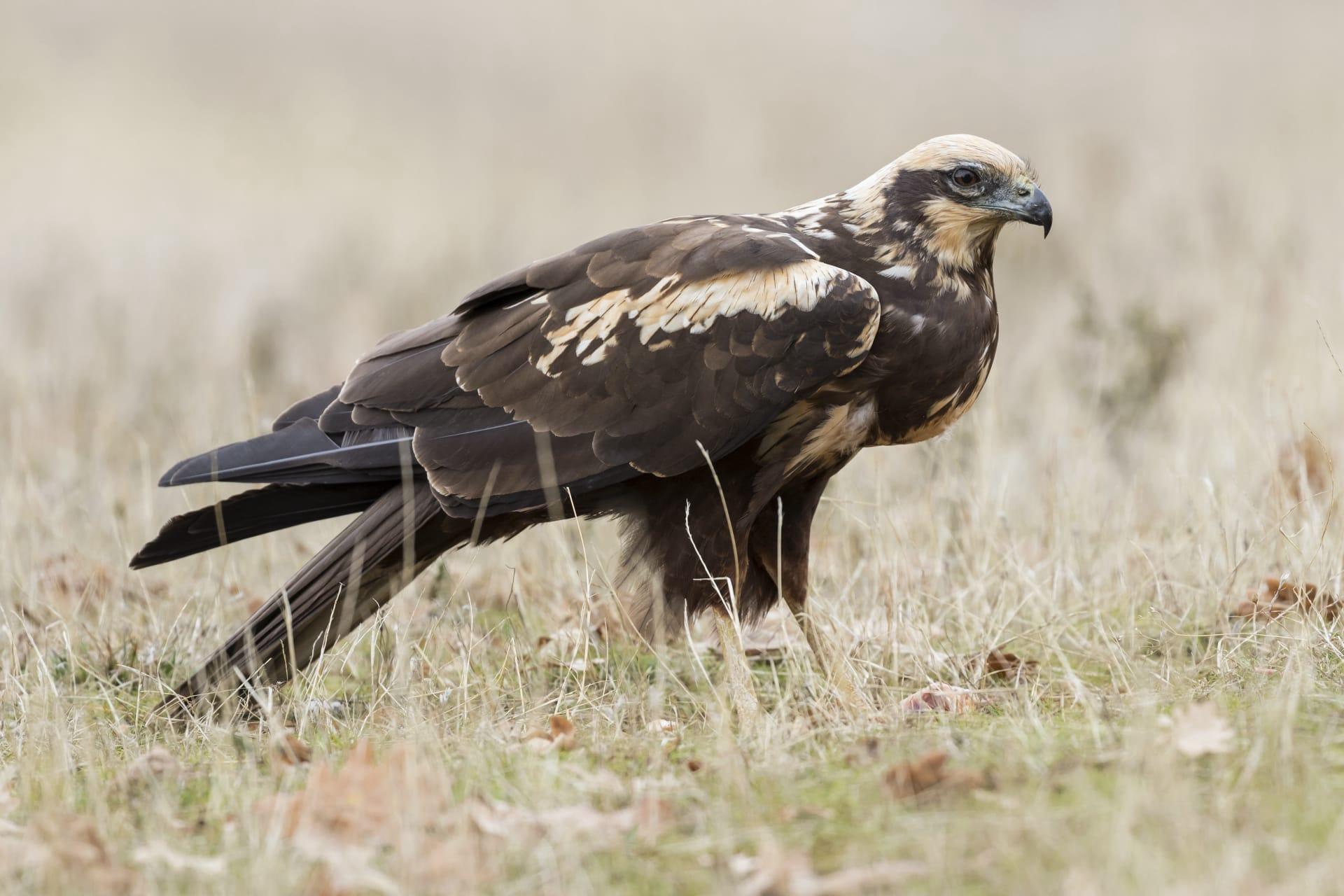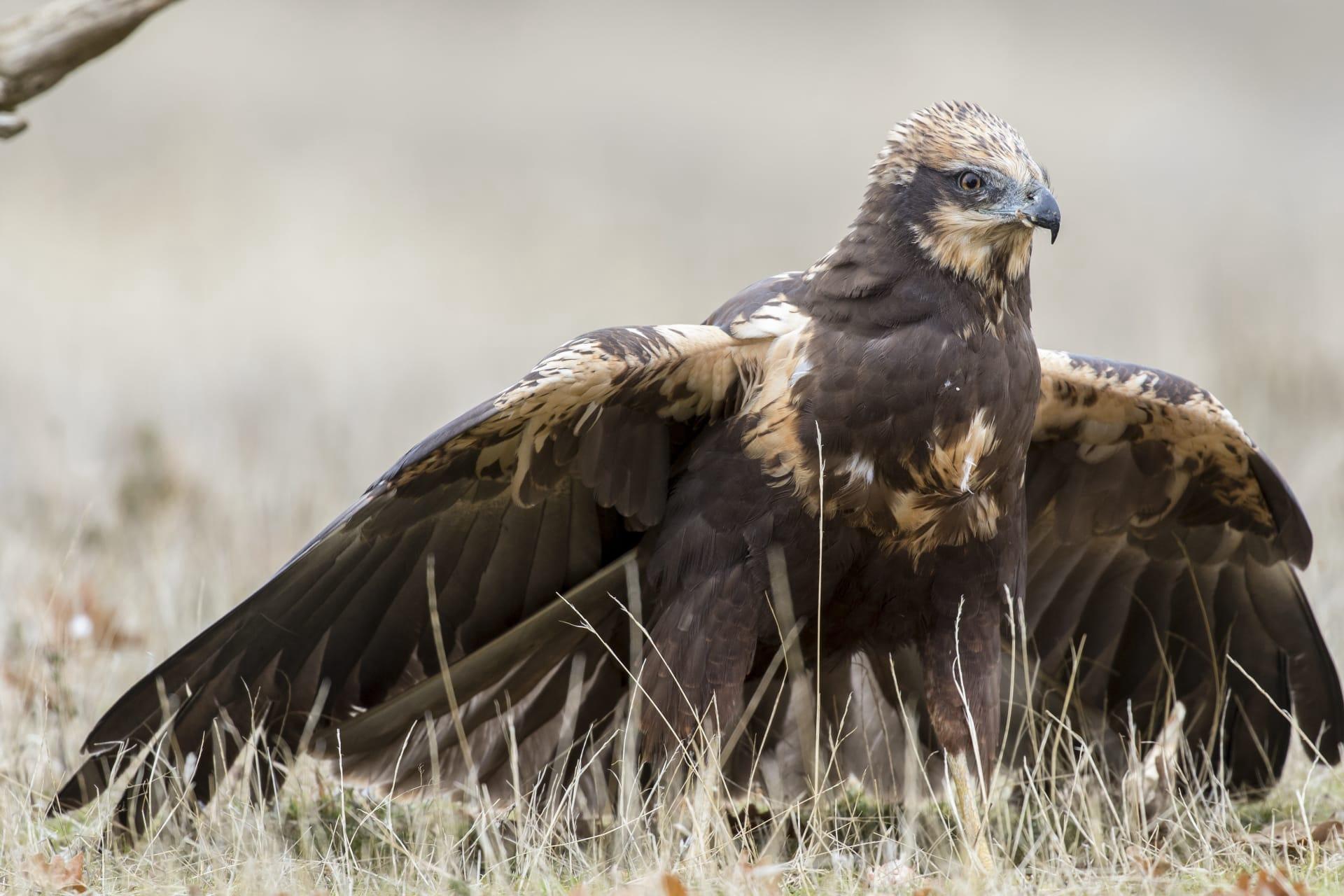Harrier
- Home /
- Mini Encyclopedia /
- Animal /
- Harrier
1
Harriers are fascinating birds of prey belonging to the family Accipitridae, distinguished by their unique flying style and hunting tactics. Scientifically, they are grouped under the genus Circus, which encompasses several species, each adapted to specific habitats and regions. This genus is characterized by its members' long wings and tails, which aid in their distinctive flight. Harriers are known for their sexual dimorphism, where females are typically larger and more robust than males, a common trait in raptors. The males often display more vivid coloration, aiding in species identification.
Harriers are widely distributed across the globe, thriving in varied environments such as marshes, grasslands, and agricultural fields. Their presence spans from the chilly Arctic tundras to the tropical regions of Asia and Africa. Each species has adapted to its locale, with some preferring open wetlands while others inhabit dry, grassy plains. For example, the Northern Harrier is widespread in North America and Eurasia, adept at maneuvering through open landscapes. In contrast, the Marsh Harrier, primarily found in Europe and Asia, is more commonly seen gliding over wetlands and reed beds. This broad distribution is a testament to the harriers' adaptability and resilience in diverse ecosystems.

2
Question: Are Harriers aggressive and dangerous to humans?
Answer: Contrary to some misconceptions, Harriers are not aggressive towards humans. These birds of prey are primarily focused on hunting small mammals, birds, and insects, showing little to no interest in human interaction. Harriers use their keen eyesight and agile flying skills to catch prey, often seen gliding low over fields with their wings held in a distinctive V-shape. They are generally shy and avoidant of human contact, preferring the solitude of open landscapes. In cases where they feel threatened or their nests are disturbed, Harriers might exhibit defensive behaviors, but they do not pose a significant threat to humans. Understanding and respecting their natural behavior is key to coexisting peacefully with these remarkable birds.

3
Harriers employ unique strategies for survival, adapted to their specific environments. One of their notable tactics is their low, slow flight over open areas, which allows them to surprise their prey. This hunting method, combined with their excellent eyesight, makes them efficient predators. Harriers are also known for their ground-nesting habits, a rarity among birds of prey. They build nests in dense vegetation, providing camouflage and protection from predators. This strategy also aids in temperature regulation, crucial for egg incubation and chick development. Additionally, Harriers are migratory birds, with many species traveling long distances between breeding and wintering grounds. This migration is vital for accessing food resources and optimal breeding sites, ensuring the survival and continuation of their species.
Harriers also exhibit interesting social behaviors during breeding season. They are known for their elaborate courtship displays, where males perform impressive aerial acrobatics to attract females. These displays not only showcase the male's fitness but also strengthen pair bonds. The females, being larger, take on the primary role of incubating eggs and caring for the young, while males provide food. This division of labor is crucial for the successful rearing of their offspring.

4
Harriers play a significant role in their ecosystems, serving as both predators and indicators of environmental health. As predators, they help control populations of small mammals, birds, and insects, maintaining a balance in the food web. Their presence in a habitat often signifies a healthy ecosystem, as Harriers require large, undisturbed open spaces and an abundance of prey. This makes them valuable for monitoring environmental changes and habitat quality.
In terms of ecological relationships, Harriers often face competition and predation threats from other raptors and larger birds. They must constantly adapt to these challenges, which shapes their behavior and hunting strategies. Human activities, such as agriculture and urbanization, also impact Harriers, leading to habitat loss and fragmentation. Conservation efforts focused on preserving natural habitats and mitigating human-wildlife conflicts are crucial for the survival of Harrier species. By understanding the ecological significance of Harriers, we can better appreciate and protect these graceful birds of prey.

5
Film: "Sky Hunters: The World of the Dragonfly" (2011, United Kingdom). This BBC documentary, while not exclusively about Harriers, features them as part of its exploration of aerial predators. It showcases the remarkable hunting skills of Harriers in comparison to dragonflies, offering insights into their flight dynamics and predatory tactics. The film provides a captivating view of these birds in their natural habitat, highlighting their role in the ecosystem.
Book: "The Harriers: Predators of the Sky" by David A. Scott (2014, United States). This comprehensive guide delves into the biology, behavior, and conservation of Harriers worldwide. Scott, a renowned ornithologist, combines scientific research with field observations to provide an in-depth look at these birds. The book covers various species, their habitats, and the challenges they face, making it an invaluable resource for bird enthusiasts and conservationists.
Book: "Wings of the Harrier" by Emma Ford (2000, United Kingdom). In this engaging narrative, Ford, a falconer and wildlife expert, shares her experiences with Harriers. The book blends personal anecdotes with factual information, offering a unique perspective on these birds. Ford's passion for Harriers shines through as she discusses their behavior, conservation, and her own journey in working with them. This book appeals to a wide audience, from casual readers to avid birdwatchers.